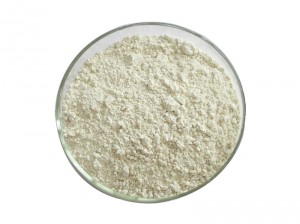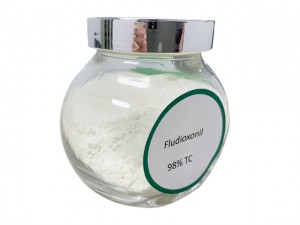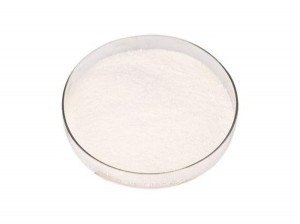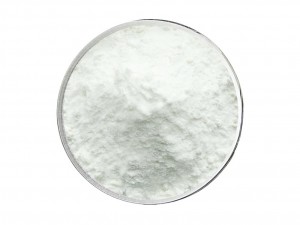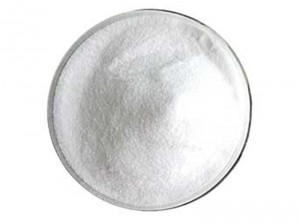Cyprodinil
Cyprodinil, Technical, Tech, 98% TC, Pesticide & Fungicide
Specification
| Common Name | Cyprodinil |
| IUPAC Name | 4-cyclopropyl-6-methyl-N-phenylpyrimidin-2-amine |
| Chemical Name | 4-cyclopropyl-6-methyl-N-phenyl-2-pyrimidinamine |
| CAS No. | 121552-61-2 |
| Molecular Formula | C14H15N3 |
| Molecular Weight | 225.289 |
| Molecular Structure | 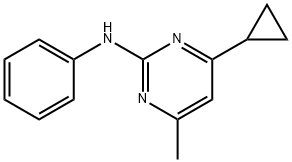 |
| Specification | Cyprodinil, 98% TC |
| Form | Fine beige powder with a weak odor. |
| Melting Point. | 75.9℃ |
| Density | 1.21 (20℃) |
| Solubility | In water 20 (pH 5.0), 13 (pH 7.0), 15 (pH 9.0) (all in mg/L, 25℃). In Ethanol 160, in Acetone 610, in Toluene 460, in N-Hexane 30, in N-Octanol 160 (all in g/L, 25℃). |
Product Description
● Stability:
Hydrolytically stable: DT50 in pH range 4-9 (25℃) >1 y. Photolysis DT50 in water 0.4-13.5 d.
● Biochemistry:
Cyprodinil is proposed inhibitor of the biosynthesis of methionine and the secretion of fungal hydrolytic enzymes. Therefore, cross-resistance with triazole, imidazole, morpholine, dicarboximide and phenylpyrrole fungicides is unlikely.
● Mode of Action:
Systemic product, with uptake into plants after foliar application and transport throughout the tissue and acropetally in the xylem. Inhibits penetration and mycelial growth both inside and on the leaf surface.
● Uses:
As a foliar fungicide for use in cereals, grapes, pome fruit, stone fruit, strawberries, vegetables, field crops and ornamentals, and as a seed dressing on barley. Controls a wide range of pathogens such as Pseudocercosporella herpotrichoides, Erysiphe spp., Pyrenophora teres, Rhynchosporium secalis, Septoria nodorum, Botrytis spp., Alternaria spp., Venturia spp. and Monilinia spp.
● Feature:
Inhibit Methionine de Biosynthesis, inhibit the secretion of hydrolase. Rapidly absorbed by leaves in plants, more than 30% penetrates into tissues, protected sediments are stored in leaves, transported in Xylem and between leaves, metabolizing relatively rapidly at high temperatures, at low temperature, the sediments in the leaves were quite stable and the metabolites had no biological activity.
● What it controls:
Crops: wheat, barley, grapes, strawberries, fruit trees, vegetables, ornamental plants, etc.
Control diseases:Botrytis cinerea, Powdery mildew, Scab, Surplus blight, Rhynchosporium secalis, wheat eye stripe, etc..
● Packing in 25KG / Drum



